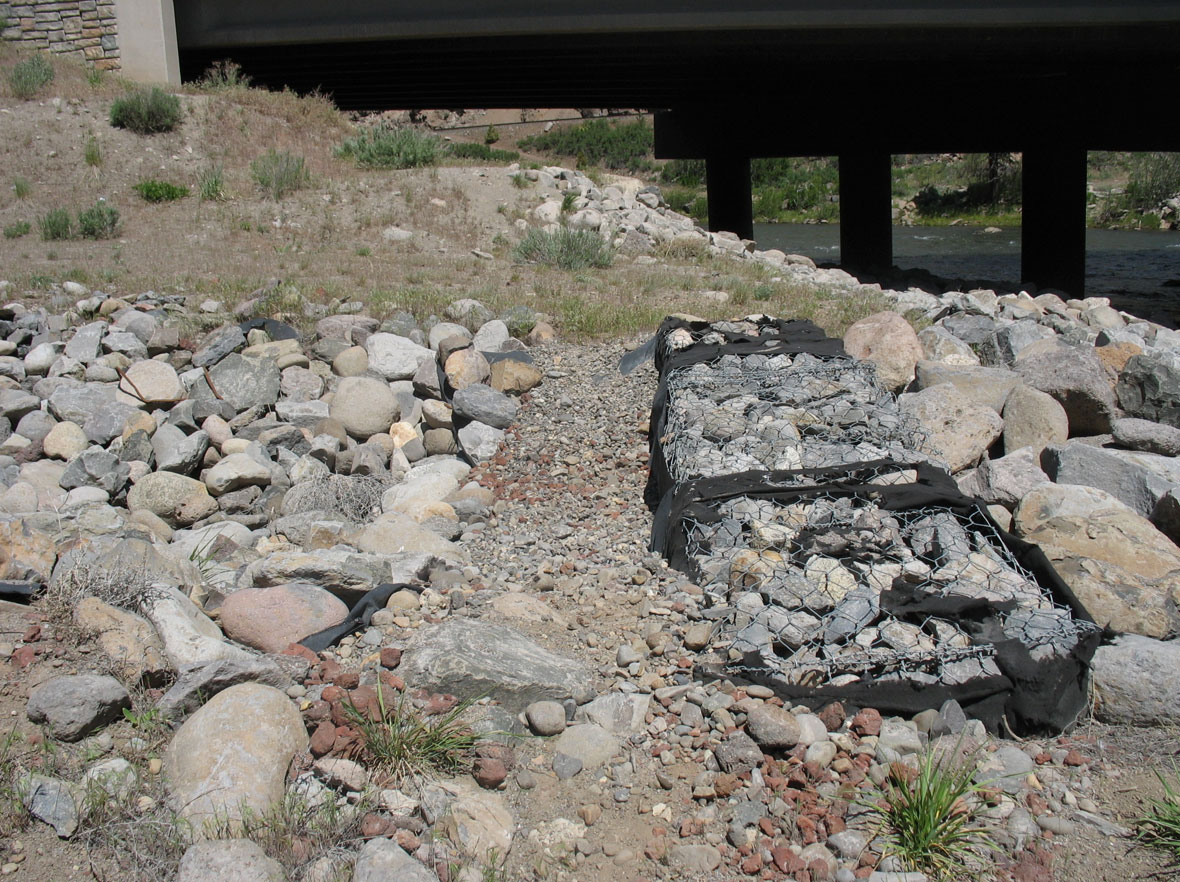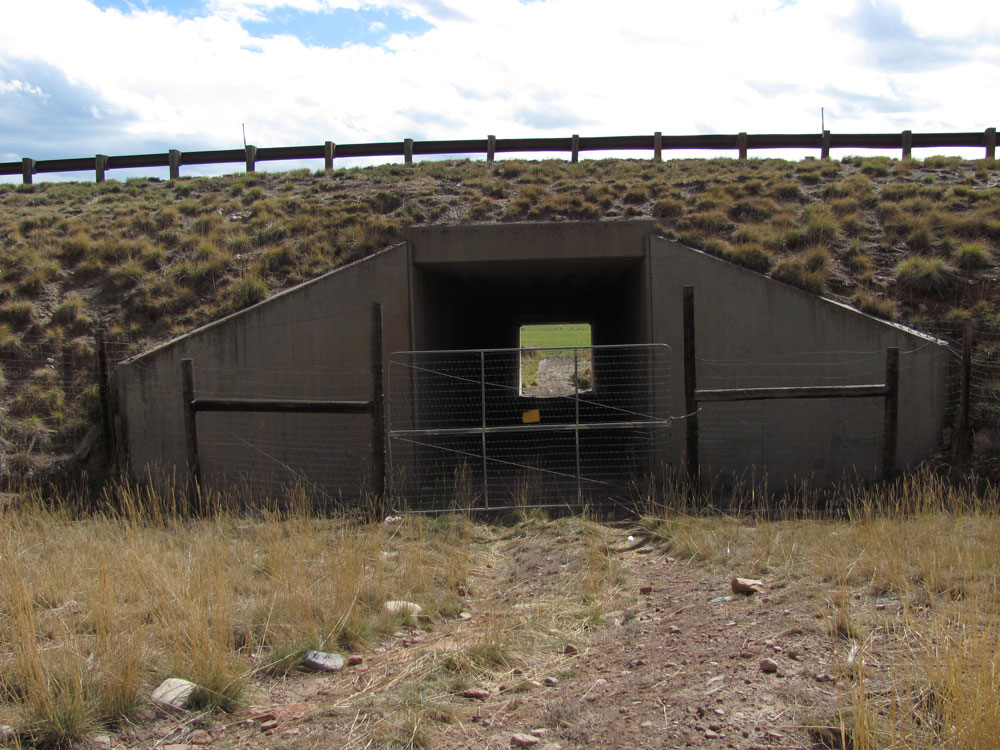Improving Existing Infrastructure for Wildlife: A Passage Assessment System
A permeable landscape is one in which all wildlife species can move without restriction and is crucial to maintaining healthy wildlife populations. Across the nation, millions of culverts and bridges that are currently part of our transportation system may function in passing wildlife beneath roads. With small modifications, existing road infrastructure may be enhanced to provide more effective passageways for wildlife and ecosystem processes at lower cost and on shorter time frames than needed to construct new wildlife crossings.
ECO-resolutions co-led a project with Utah State University to develop a Passage Assessment System (PAS) as a field tool to help the Washington Department of Transportation evaluate whether existing bridges and culverts may be retrofit or enhanced to facilitate wildlife passage. The assessment process guides users through an evaluation of landscape, structural and roadway features with regards to the species of interest. Once complete, users are then equipped to make recommendations for enhancing or improving a structure to facilitate wildlife passage. By providing a systematic process for distinguishing among structures that can be retrofit from those that cannot, the PAS can help DOTs direct mitigation dollars for maximum ecological function and cost effectiveness. Since its development, the PAS has been used to inform mitigation efforts in multiple locations across North America (e.g., Maine, Massachusetts, Vermont, New York, California, Colorado) and was translated into Hebrew for use in Israel.



